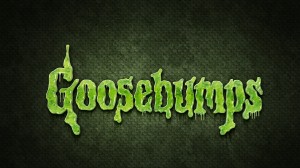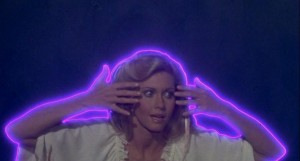Watts outlined a notion that by knowing about networks, systems and basic organizing principles of we can predict the behaviour of individuals within that system without knowing specifics about the individuals. He summarizes these complex systems interactions: “Fortunately, as capricious, confusing, and unpredictable as individual humans typically are, when many of them get together, it is sometimes the case that we can understand the basic organizing principles while ignoring many of the complicated details. This is the flip side of complex systems. While knowing the rules that govern the behavior of individuals does not necessaril help us to predict the behavior of the mob, we may be able to predict the very same mob behavior without knowing very much about the unique personalities and characteristics of the individuals that make it up”.
This essentially means that individuals within complex systems become uniform. They act according to a mob mentality rather than their own personalities. If by only knowing a few choice facts about a person, and placing them in the midst of a crowd, we can predict the behavior of the mob and that individual.
Sports’ crowds are the example that spring to mind. By only knowing which team a spectator supports, and ignoring almost all other personal details about them, you can predict how they and the mob will react. We can predict when they will cheer, boo, yell, complain. We can track their emotions because we know which team they play for. Given understanding of the context of the system, say the AFL Grand Final, we could also predict behaviors more precisely: what they will do after of before the game, what they will be talking about during halftime, if they are having a few extra drink.
Does this concept of complex systems abolish individuality? Are we not really the special little flower we were told we were when placed in a crowd of 100,000 other flowers?


